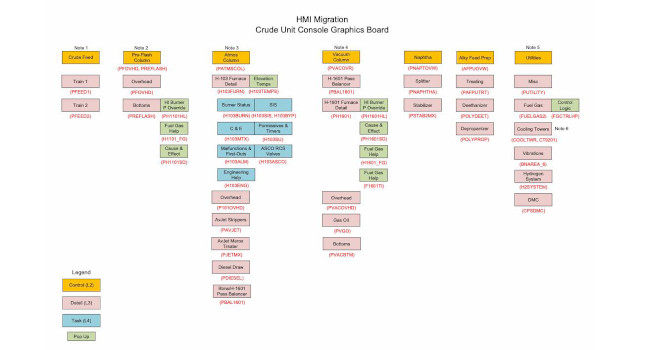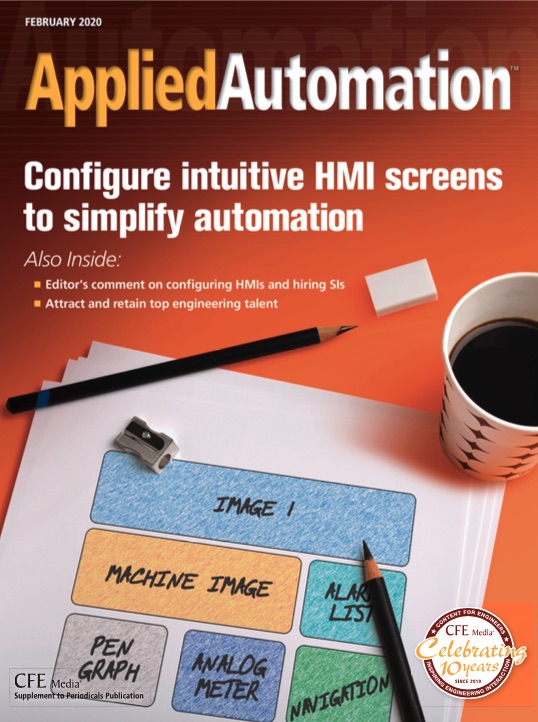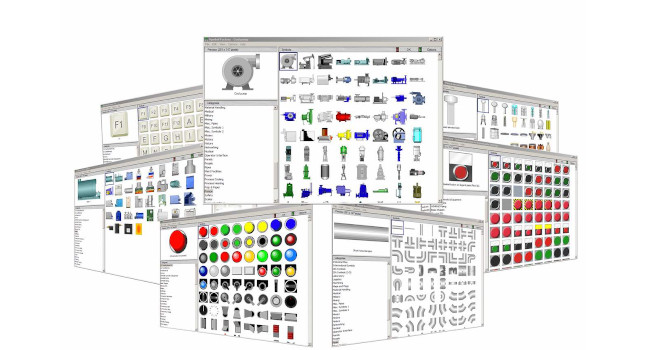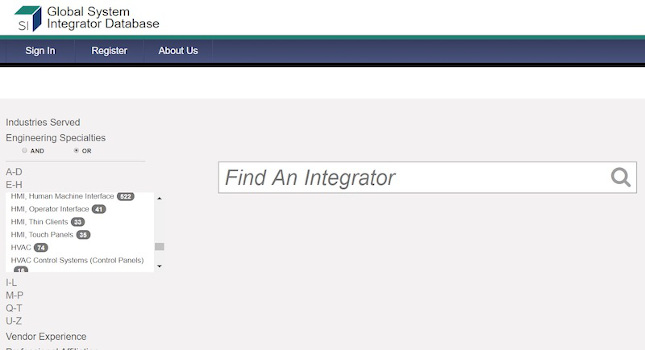Since an air compressor is the heart of a compressed air system, proper choice and selection of the right model, capacity, and performance criteria is essential to the entire system. For this reason, most customers traditionally consider the following list of factors before ultimately selecting their preferred compressed air system provider:
-
Reliability and reputation of both the prospective manufacturer and the on-the-job performance record of the equipment they design and produce.
-
Durability of the compressed air system and its components both in normal day-to-day operation as well as the ability to handle unexpected system changes or fluctuations without experiencing a major delay or malfunction.
-
Quality as it relates to both the integrity of the original system components and the consistency and performance of those components as integral parts of the total system.
-
Product features that provide unique or superior performance, convenience, or cost effectiveness and the latest technological innovations to make these features useful, practical, and cost efficient.
-
Warranties that assure customer protection for the initial investment and equipment performance, plus peace of mind in knowing that the compressed air equipment will function as expected with minimum maintenance or additional expense.
-
Environmental health and safety issues as they relate to compliance with mandatory laws, current industry standards, and the safest possible operating practices.
-
Relationship with the manufacturer and its representatives in terms of customer confidence, anticipated performance, and satisfaction with the equipment and its performance.
-
After sales support including the capability to offer a service network that provides comprehensive product know-how and backup regardless of where the customer is located.
-
Life cycle cost which encompasses the system provider’s capability to offer competitive rates for equipment, installation, maintenance, and energy saving options.
-
Return on investment as it relates to the equipment provider’s ability to supply systems and equipment that will ultimately pay for itself in equipment value, operating efficiency, time saving design, and performance benefits.
-
Obviously, the depth and importance of each of these factors will tend to vary with each customer.
As far-fetched as it might seem, consider that buying a compressor is, in many ways, analogous to buying a house. When buying a house, the real estate agent will frequently remind you that there are three vitally important things to consider: Location, location, location.
In many ways, the same rationale applies to purchasing a compressor. Regardless of type, application, or capacity, the three most important operating cost considerations are: Energy, energy, energy.
Energy costs
Assuming that the compressor type being considered in this comparison is electrically driven, several major factors must be considered as contributing to the total cost of energy. Among these are the basic cost of electricity, cost per kWh, and the utility company’s additional charges for peak demand service.
Of similar importance to the cost consideration is the prevailing mode of operation. For example, will the compressor be utilized primarily in a full load, part load, or unloaded condition, and the anticipated duty cycle or hours of operation?
Life cycle cost
The total cost of owning and operating a typical compressor can be divided into the following four categories;
-
Initial purchase , which includes the equipment cost for the compressor.
-
Installation , which includes the costs for the foundation, rigging and erecting, piping, and wiring.
-
Maintenance , consisting of routine fluid and filter changes, inspection, and other preventive maintenance measures that are involved with keeping the unit in reliable and efficient operating condition.
-
Energy , which is by far the most dominant of the four, more than three times greater than the combined costs of the other three attributes, and more than six times greater than the initial purchase cost. When selecting a compressor, energy is the most important attribute (Fig. 1).
-
Compressor selection
While the selection of a compressed air system provider is always a major consideration, the choice of the right compressor for the application is of no less importance. Today’s compressors are available in a wide range of types and designs, each with its own unique operating characteristics. The task of matching compressor type to project need is ultimately the responsibility of the air system designer.
Since the available ranges of pressure and capacity sometimes overlap for different types of compressors, there are general guidelines for selecting a compressor type that best meets specific design criteria (Table 1).
For the sake of providing an objective comparison, assume that compressed air requirements have the following needs:
Compressor size range: 10 to 400 hp
Compressor capacity range: 30 to 2200 cfm
Compressor pressure: 60 to 175 psig
By comparing these requirements to the chart of available compressor types, it becomes obvious that the compressor of choice would be a rotary screw model (Fig. 2).
Energy saving options
Once a decision has been reached regarding the right compressor to meet the criteria for size, capacity, and pressure requirements, it is recommended that the buyer consider the following list of energy saving options to maximize economic benefits.
Energy efficient motors . One of the most obvious energy saving options that should be considered as part of the initial purchase is the choice of an energy efficient motor. These motors are now available in two choices: EPACT motors and premium efficient motors.
While EPACT motors are now mandatory to meet minimum efficiency standards established by government regulation (Energy Policy Act-1997), premium efficient motors are designed to exceed EPACT motor power cost efficiency requirements by at least 1% to 2%, depending on motor horsepower. The payback period on premium efficient motors are two years or less.
Two stage compressors . They offer 10% to 13% energy savings over a conventional single-stage compressor. Two-stage compressors also provide the economic benefits of payback in no more than two years.
Control system . Appreciable savings in energy costs may also be realized by selecting the most versatile control system for the method of operation.
Since energy costs will be heavily dependent on the most prudent choice of control system, it is imperative that the owner/operator pay special attention to this vital selection.
Heat Recovery . Significant economic benefits may also be gained in the form of heated air recycled from a compressor during the production of compressed air. Basically heat is stored in the cooling air as it passes through the aftercooler and oil cooler. Up to 90% of the recovered heated air can be used for such applications as backup plant or warehouse heating or heating for other processes.
During the heating season, a typical 150 hp, air-cooled compressor package, equipped with a heat recovery system, could generate savings of $2600 per 1000 hours of operation per year. The payback period for a heat recovery option is often less than one year.
Zero air loss condensate drain . Another option well worth considering during the initial purchase of an air compressor is a zero air loss condensate drain. Designed to minimize compressed air system waste, this cost-effective unit will not only pay for itself in less than 6 months but, in some cases, make it unnecessary to replace the present compressor with one of larger capacity.
Maximize maintenance costs
While today’s innovative technology has helped simplify compressor designs with fewer parts and connections, there is still a need for routine preventive maintenance. New technology has helped improve the performance, efficiency, and service life of maintenance-related components. In addition, routine maintenance procedures, such as filters and fluid changes, can now be done in less time and at fewer change intervals than ever before.
Below are replacement components that warrant consideration as part of the overall maintenance program as it relates to life cycle costs.
Air filters are now available in designs that provide features such as:
-
Better control of air quality entering the compressor.
-
First line of defense against inlet contaminants.
-
Improve the reliability of the air end.
-
Extend the life of air/oil separators, fluids, and filters.
-
Increase compressor capacity output up to 2% over an operating period.
-
Extend the length of air filter change periods.
-
Payback period of less than three months.
-
Air/Oil separators provide advanced features, such as:
-
Excellent air quality with less than 2ppm of oil carryover.
-
Lower fluid consumption.
-
Lower energy cost due to reduced pressure drop.
-
Extend intervals between oil changes.
-
Payback period of less than three months.
-
Fluid filters with superior designed elements offer these benefits:
-
Resistance to water.
-
Excellent fluid filtration.
-
Superior protection for air ends.
-
Environmentally friendly.
-
Fluids with advanced formulas provide these benefits:
-
Excellent lubrication.
-
Non varnishing.
-
Environmentally friendly and easy to dispose.
-
Longer fluid life.
-
When selecting a new compressor, always pay special attention to energy cost.
More Info:
The author is available to answer questions about compressor selection. Mr. Shah can be reached at 219-861-5181 or [email protected] . Article edited by Joseph L. Foszcz, Senior Editor, 630-288-8776, [email protected] .
Compressor selection guidelines
Rotary screw Reciprocating Lubricated Oil-free Centrifugal Two stage Single Stage Two stage Two stage Two stage Initial cost Fair Excellent Good Fair Fair Installation cost Fair Excellent Excellent Good Good Maintenance Fair Good Good Good Good Operating cost Excellent Good Excellent Fair Good Air quality Fair Excellent Excellent Excellent Excellent Cooling system flexibility Fair Excellent Excellent Excellent Fair Integral heat system flexibility Fair Excellent Excellent Excellent Fair Sensitivity to inlet contaminants Good Excellent Excellent Good Fair Capacity turndown capability Good Excellent Excellent Fair Fair Auxiliary air receiver need Yes No No Yes Yes Operating cost, kW/100 cfm 15-16 18-19 16-17 20-22 16-20 Comparison of the three commonly used types of drains
Initial cost Prone to air loss Reliability Mechanical drain Low High Low Electric drain Moderate High Moderate Zero air loss drain High None High
-
-
-
-
-



